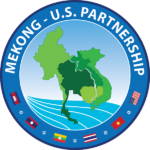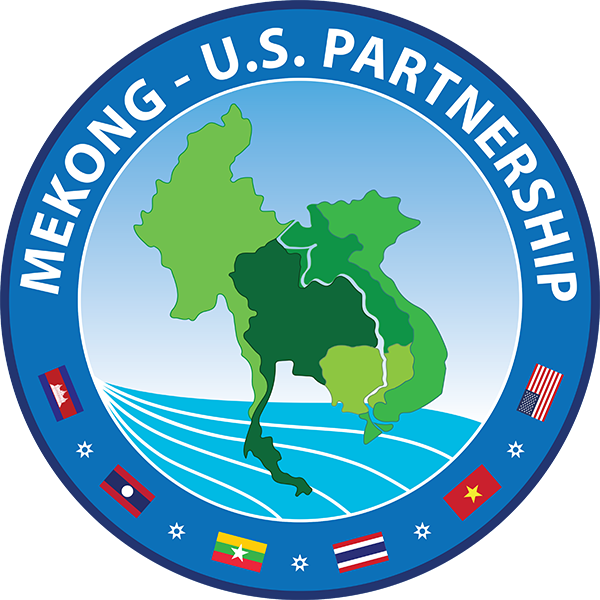The royal city of Angkor was unique. A complex system of irrigation channels and reservoirs enabled intensive rice cultivation that supported an estimated population of one million people. At its height, Angkor was the largest city in the pre-industrial world, and is called the world’s first ‘hydraulic city.’[1] Today, only its iconic stone temples and related structures remain, including the 12th century Angkor Wat.
The study of environmental history suggests that Angkor declined due to changes in climate. A long-running drought, followed by torrential monsoons, may have damaged the city’s infrastructure beyond repair.[2] Erosion and sedimentation also likely affected its water management system, contributing to its ultimate decline.[3]
Today, 800 years later, the Tonle Sap faces climate issues again—and a whole lot more besides.
Why the Tonle Sap matters: The Tonle Sap in Cambodia is Southeast Asia’s largest lake. It sustains the immensely productive Mekong fishery. During the rainy season, the Mekong reverses its flow, filling the lake. The 3,000-km³ floodplain around the lake expands to 15,000 km³. For six months a year, the flooded forests and wetlands around the lake are a breeding ground and nursery for a huge diversity of fish. The lake is home to no fewer than three Ramsar sites, areas gazetted as wetlands of international importance. The Mekong fishery is worth an estimated US$1.7 billion yearly, and sustains an estimated two million people living on and around the lake. It is one of the world’s largest inland fisheries, contributing 2 percent of the world’s annual fish catch, and 20 percent of all inland fish catch.
The 2nd Mekong Virtual Symposium on November 19, 2020, focused on the Tonle Sap’s deepening ecological crisis. Experts from the US and the Mekong region sounded the alarm on issues including changes in river flow patterns, loss of flooded forests, illegal fishing and plastic waste.
Dr Jenna Jambeck, University of Georgia, presented her work in tracking marine plastic debris. She noted that rivers are conduits for waste to enter the oceans, therefore, addressing the problem of marine plastics requires attention to rivers and inland pollution sources, as well as investigating possible alternatives to plastic.
Dr So Nam, chief environment management officer at the Mekong River Commission (MRC), noted that the Tonle Sap is affected by rapid economic development, population growth, and climate change. While hydropower development, mining, sediment extraction and increased fishing are placing increased pressures on the lake, ecosystem protection, he said, has been overlooked. He encouraged participants to share information and exchange views through the MRC’s existing consultation processes, including its annual Regional Stakeholder Forum.
Dr Zeb Hogan, project lead at the USAID Wonders of the Mekong program, said that very low water levels for two years running, as well as unusual flow patterns, are altering the Mekong’s regular flood-pulse that triggers annual fish migrations. He explained that the long-running drought has also exacerbated the rapid loss of Cambodia’s flooded forests, due to associated fires and conversion of land for other uses.

Both So Nam and Hogan highlighted the problem of ‘fishing down’ the food chain: as stocks of large, high-value fish are depleted, fishers take increased catches of lower-value species. For a while, the problem is masked, because total catch remains stable or may even increase—but ultimately, all stocks will be depleted. To address this problem, Hogan called for greater attention to ‘fish as biodiversity, rather than fish as food.’ He encouraged scientific research into the connects between upstream dams, fishery productivity, and the knock-on impacts on people’s livelihoods and nutrition.
Referring to the Angkor era, Hogan noted that water flows, climate, and infrastructure were important to people 1,000 years ago. “Today, we still depend on climate and water flows—and we continue to need good water infrastructure,” he said

Chea Seila, Wonders of the Mekong, moderated the 2nd Mekong Virtual Symposium. The US Department of State hosted the event in collaboration with the Sustainable Infrastructure Partnership (SIP). The Mekong symposium series provides a platform for knowledge exchange and capacity building with Mekong and US partners.
Want to catch the whole event? You can watch it here in English and Khmer.
[1] Stefan Lovgren, Angkor’s Collapse from Climate Change Has Lessons for Today’, National Geographic, 5 April 2017, https://www.nationalgeographic.com/news/2017/04/angkor-wat-civilization-collapsed-floods-drought-climate-change/
[2] ibid
[3] Matti Kummu, Water management in Angkor: Human impacts on hydrology and sediment transportation, Journal of Environmental Management, March 2009, https://www.researchgate.net/publication/23390926_Water_management_in_Angkor_Human_impacts_on_hydrology_and_s
 Mekong - U.S. Partnership
Mekong - U.S. Partnership


